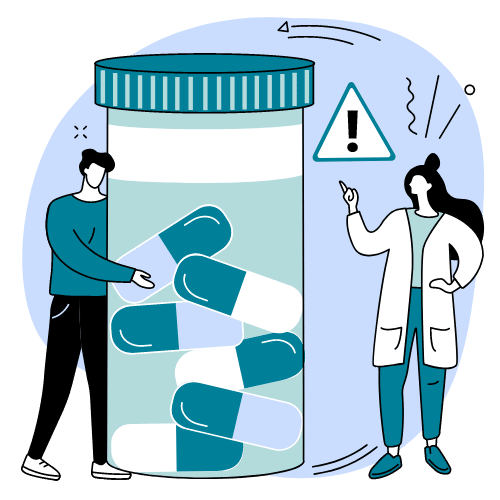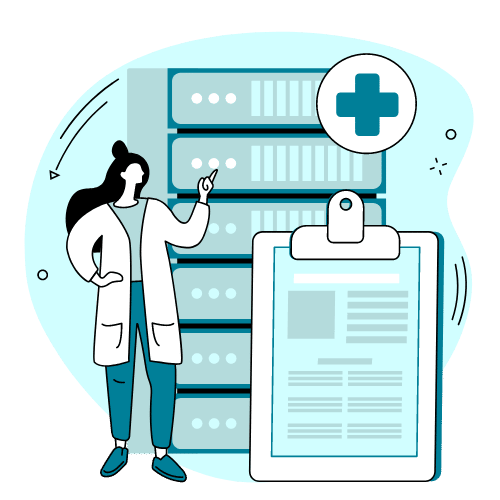In the journey toward recovery from alcoholism, the 12 Steps of Alcoholics Anonymous (AA) offer a structured path to individuals aiming to conquer their dependence on alcohol and foster a sober lifestyle. Originating in 1935 with AA’s co-founders, Bill Wilson and Dr. Bob Smith, these steps have since become a foundational element of addiction recovery efforts globally. This guide provides insights into navigating these life-changing steps effectively.
1. Acknowledging Powerlessness
The initial step is about recognizing the unmanageable grip alcohol has on your life, admitting that you are powerless to control it. This realization paves the way for breaking denial and confronting the reality of alcoholism as a disease needing external support.
2. Embracing a Higher Power
Step two introduces the concept of a greater force capable of restoring sanity. It’s less about religious affiliation and more about accepting that recovery can be supported by something or someone beyond oneself.
3. Deciding to Surrender
In this phase, you consciously choose to entrust your will and life to the care of the higher power you acknowledge. It’s an act of surrender, signaling readiness to be guided toward recovery.
4. Conducting a Moral Inventory
This involves an introspective examination of oneself, documenting all wrongs, resentments, and damages inflicted upon others. It’s a step toward honesty and understanding the repercussions of one’s alcoholism.
5. Admitting Wrongs
The essence of step five is confession, sharing the moral inventory with another person. This process can alleviate the weight of guilt and shame, fostering a sense of relief and accountability.
6. Preparing for Character Change
Here, you ready yourself to let go of the character defects identified earlier. It’s about being open and willing to undergo transformation.
7. Seeking Removal of Shortcomings
This step involves humbly asking the higher power to eliminate the shortcomings. It highlights humility and the genuine desire to change.
8. Listing and Preparing to Amend Harms
You make a list of all those harmed by your actions and prepare mentally to make amends to them. This step is crucial for acknowledging the need to repair relationships.
9. Making Amends
Actively seeking to rectify past wrongs, provided doing so won’t cause further harm, is the goal here. It’s a critical step in mending relationships and building a foundation of integrity.
10. Continuing Personal Inventory
Maintaining vigilance through ongoing self-examination and promptly admitting to mistakes ensures the principles of the 12 Steps are lived daily, fostering continuous self-awareness and improvement.
11. Enhancing Spiritual Growth
This step encourages spiritual development through prayer and meditation, aiming to strengthen the relationship with the higher power and seek guidance for a sober life.

12. Sharing the Message
Having experienced a spiritual awakening, the final step involves spreading the message of recovery to others struggling with alcoholism and applying the 12 Steps’ principles universally in one’s life, signifying a commitment to sustained growth and sobriety.
Embarking on the 12 Steps is a profoundly personal and transformative journey, demanding honesty, openness, and readiness. Though fraught with challenges, the process leads to invaluable rewards of recovery and a renewed life of sobriety. With the support of AA and the solidarity of fellow recoverees, individuals can navigate the 12 Steps’ path, laying the groundwork for a sober and fulfilling life ahead.













